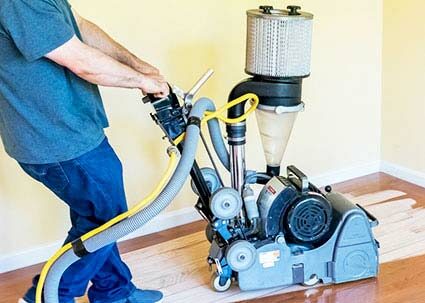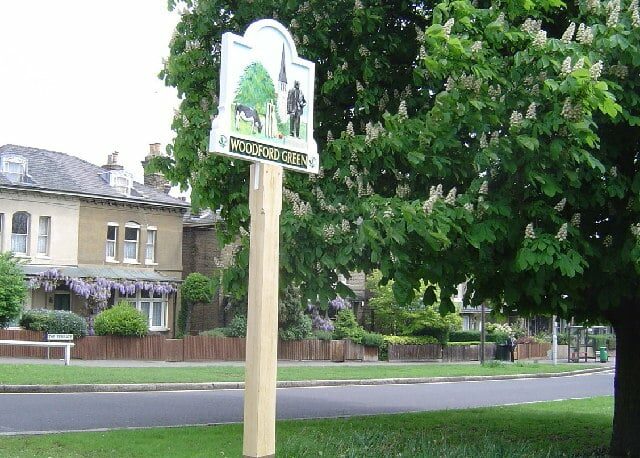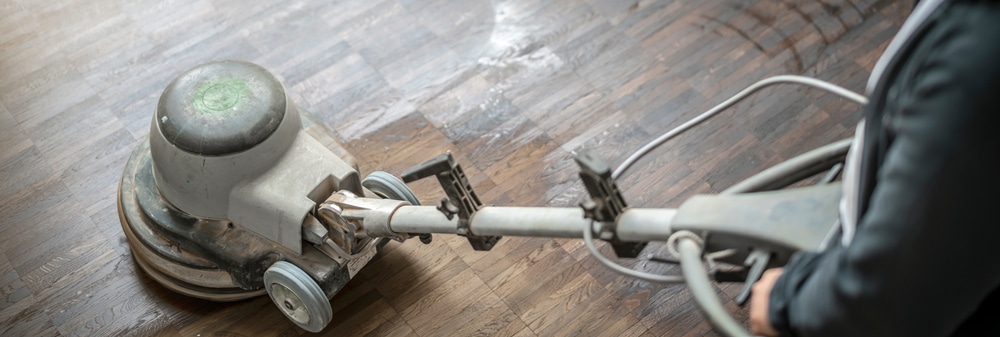London:
Nationwide:
A worthwhile compromise
Posted on April 10, 2023
Blog
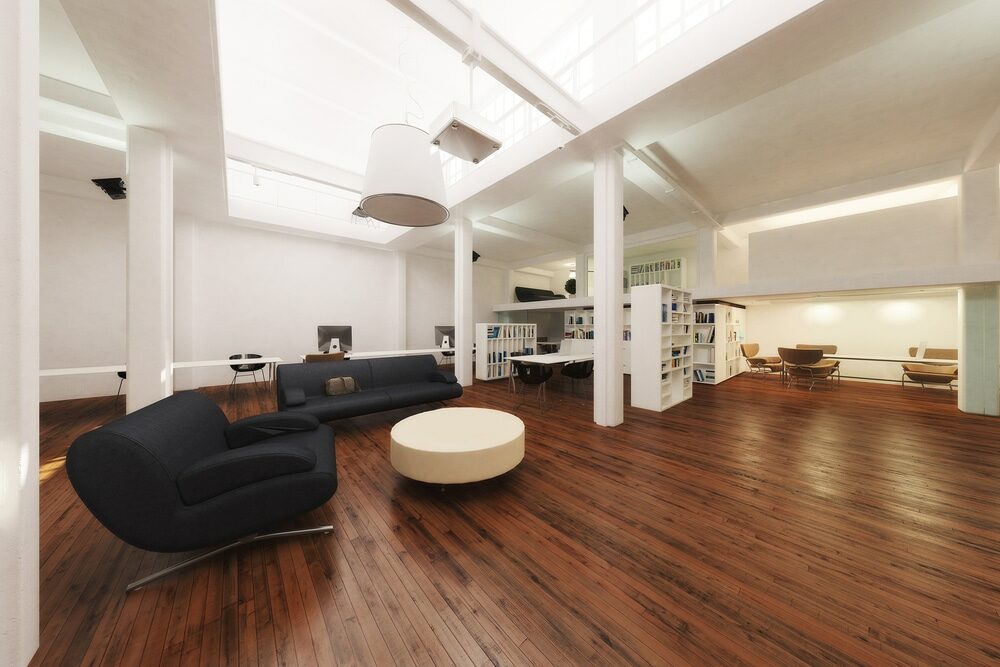
1: What is Engineered Flooring?
Engineered flooring is a type of flooring made from multiple layers of wood and other materials, with a top layer of hardwood veneer that gives it the appearance of solid hardwood. The layers are bonded together using high-quality adhesives and then pressed under high pressure to create a stable and durable flooring product. In this section, we will discuss the construction of engineered flooring as well as its advantages over other types of flooring.2: The Advantages of Engineered Flooring
Engineered flooring has several unique advantages that make it an excellent choice for homeowners, including: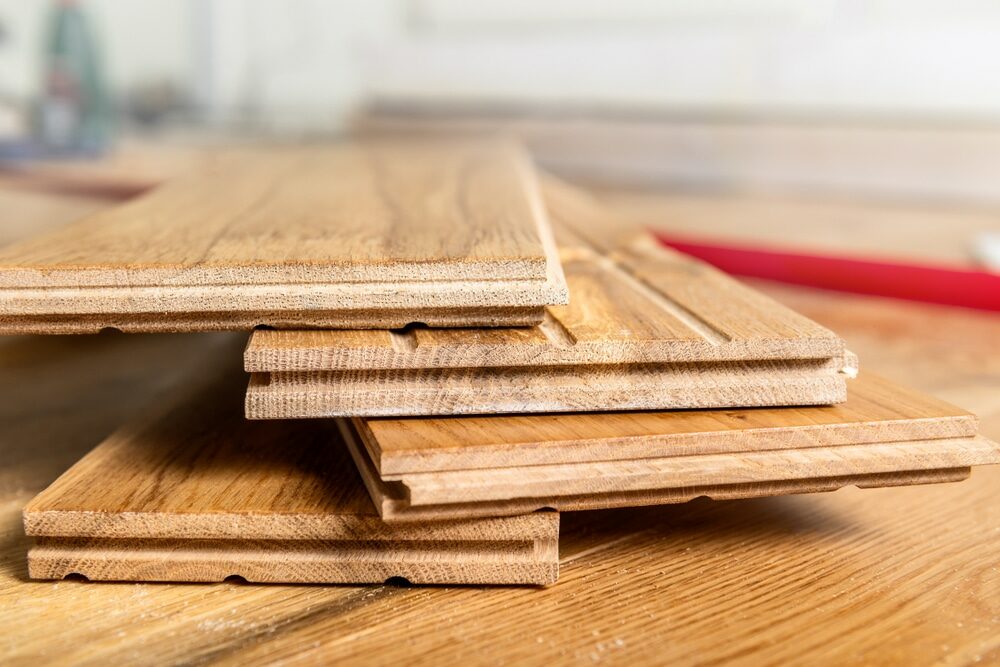
A. Durability
Engineered flooring is designed to provide century-long durability thanks to its multi-layer construction. The core layers are made from high-density fiberboard (HDF) or plywood, which provide stability and resistance to moisture, temperature changes, and wear. This means that engineered flooring can withstand heavy foot traffic, making it suitable for both residential and commercial spaces.B. Restoration-Friendly
One of the main benefits of engineered flooring is its ability to be refinished, allowing homeowners to restore its original beauty after years of wear. The top layer of hardwood veneer is thick enough to be sanded and refinished multiple times throughout its lifespan, extending the life of your investment and providing a fresh look without the need for a complete replacement.C. Realistic Wood Appearance
Engineered flooring is made to mimic the look and feel of solid hardwood, providing a warm, inviting atmosphere in any space. The top layer of hardwood veneer is available in a variety of species, colours, and finishes, allowing homeowners to choose a style that complements their home’s aesthetic.3: Factors to Consider When Choosing Engineered Flooring
When selecting engineered flooring for your home, it’s important to consider several factors, including:A. Veneer Thickness
The thickness of the top layer of hardwood veneer will determine how many times the flooring can be refinished. Thicker veneers offer more refinishing options, prolonging the life of your flooring and ensuring it maintains its appearance.B. Core Material
The core layers of engineered flooring can be made from HDF or plywood, each offering its own unique advantages. HDF is denser and more stable, while plywood is more flexible and better suited for areas with high humidity or temperature fluctuations.C. Installation Method
Engineered flooring can be installed using a floating method, a glue-down method, or a nail-down method. The best installation method will depend on the subfloor and the specific needs of your home. It’s essential to consult with a professional installer to determine the most suitable method for your project.D. Warranty
When investing in engineered flooring, look for a product that comes with a comprehensive warranty. This will protect your investment and provide peace of mind, knowing that the manufacturer stands behind the quality of their product.4: How to Care for Engineered Flooring
Proper care and maintenance will ensure your engineered flooring remains beautiful and functional for years to come. In this section, we will discuss tips for cleaning, protecting, and maintaining your engineered flooring.A. Cleaning
- Regular Sweeping: Use a soft-bristle broom or a vacuum cleaner with a hardwood floor attachment to remove dirt, dust, and debris from your engineered flooring. Regular sweeping will prevent the buildup of abrasive particles that can scratch the surface.
- Avoid wet mopping: Excessive water can damage the core layers of engineered flooring, causing them to swell or warp. Instead, use a damp cloth or a microfiber mop to clean the surface, ensuring that no standing water remains on the floor.
- Use a pH-Neutral Cleaner: When cleaning your engineered flooring, opt for a pH-neutral cleaner specifically designed for hardwood floors. This will help maintain the integrity of the finish and prevent any damage to the top layer of veneer.
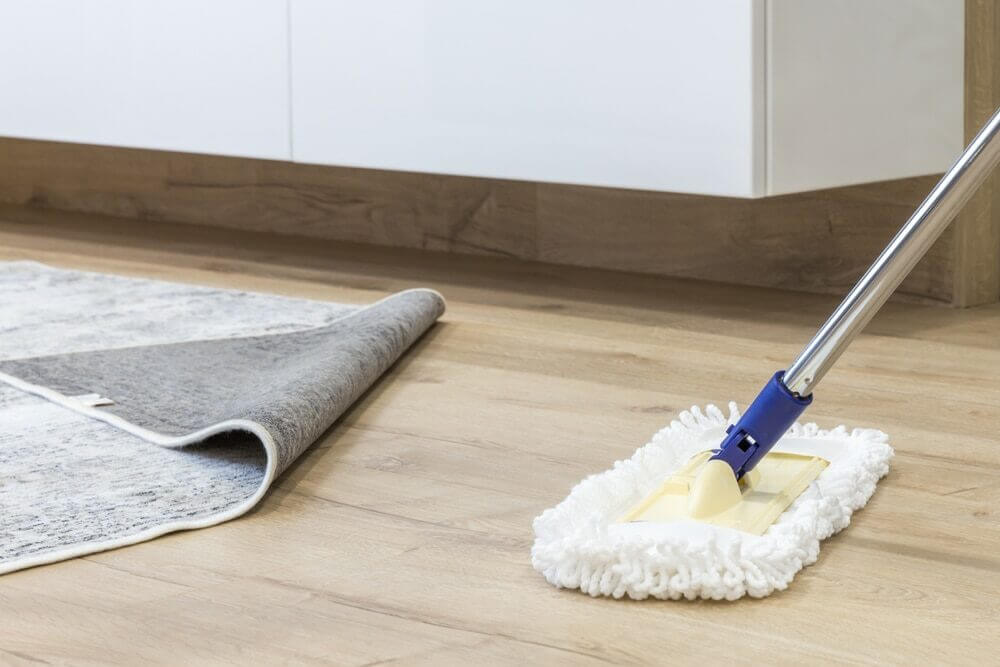
B. Protection
- Use Furniture Pads: Place felt pads under furniture legs to prevent scratches and dents on your engineered flooring. Regularly check the pads for wear and replace them as needed to ensure proper protection.
- Use Area Rugs: Place area rugs in high-traffic zones, such as hallways and entryways, to minimise wear on your engineered flooring. Choose rugs with a natural rubber or felt backing, as these materials will not damage the floor’s finish.
- Maintain Humidity Levels: Keep indoor humidity levels between 30% and 50% to prevent damage caused by excessive moisture or dryness. Use a dehumidifier or humidifier as needed to maintain the ideal humidity range.
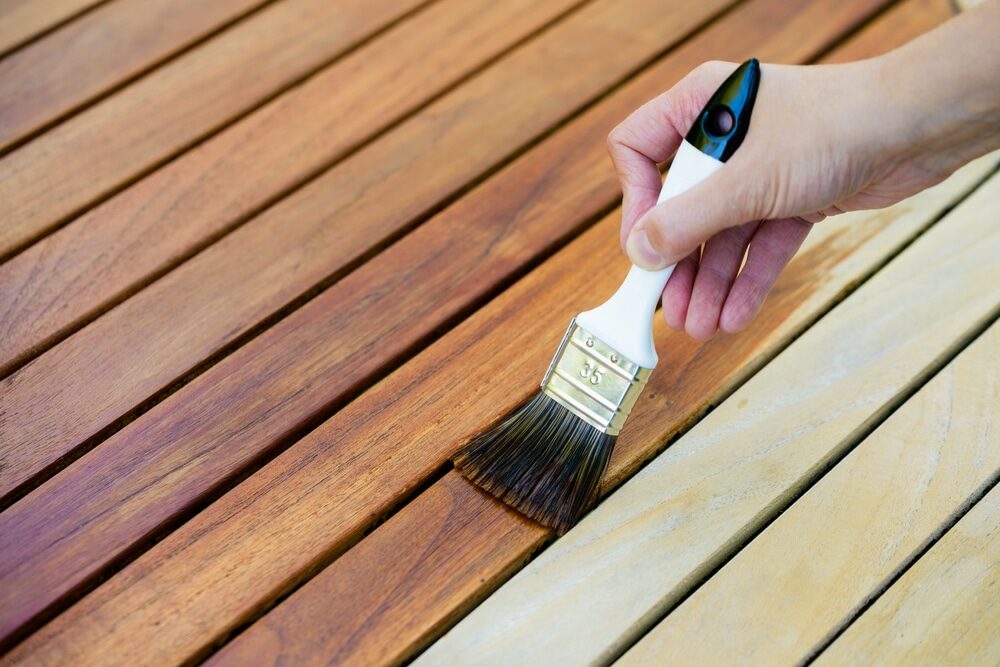
C. Maintenance
- Monitor Sun Exposure: Prolonged exposure to direct sunlight can cause the colour of your engineered flooring to fade over time. Install window coverings, such as blinds or curtains, to protect your floor from excessive sunlight.
- Refinishing: When your engineered flooring begins to show signs of wear, consider refinishing the surface to restore its original beauty. Consult with a professional refinisher to determine the best approach for your specific flooring.
- Address Damage Promptly: If you notice any damage to your engineered flooring, such as dents, scratches, or water stains, address the issue as soon as possible. This will prevent further damage and help maintain the appearance and functionality of your floor.
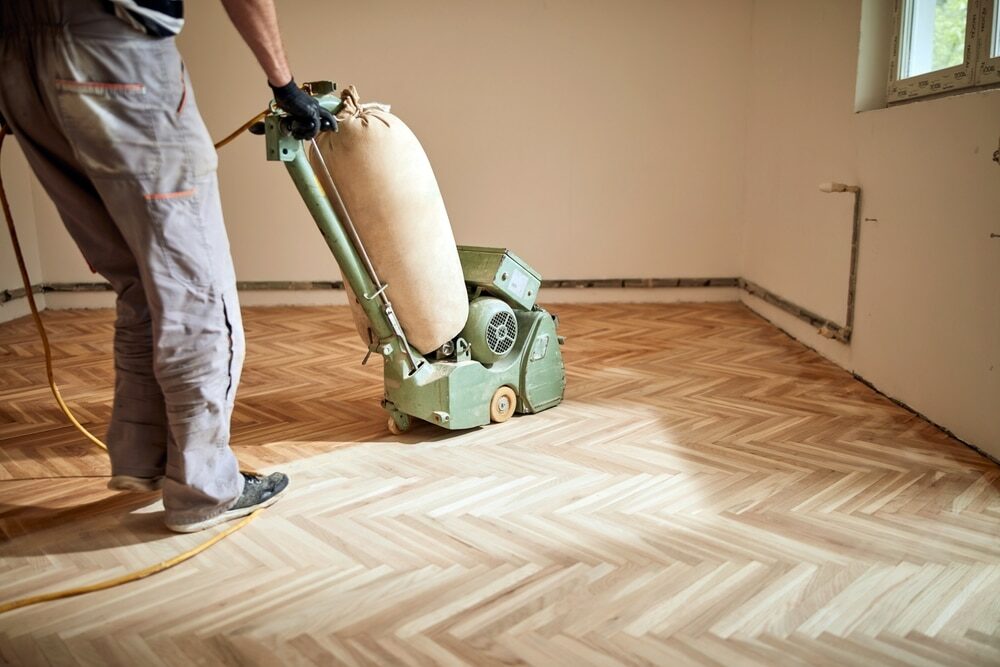
Some Useful Links:
Conclusion
Quality engineered flooring offers homeowners an ideal combination of durability, restoration-friendly features, and a realistic wood appearance. By considering factors such as veneer thickness, core material, and installation method, you can make an informed decision about the best flooring option for your home. With proper care and maintenance, engineered flooring will continue to add value and beauty to your living space for many years to come.Sanding
We provide virtually dust-free sanding with our continuous belt machinery with mobile extraction units, giving you a safer environment for your family.
Oiling
This organic finish not only adds beauty to your home but also has exceptional water-repellent characteristics, making it easier to clean and maintain.
Waxing
This natural floor finish offers the softest and most mellow appearance – and leaves your floor able to breath.
Buffing
Using soft buffing machines (and hand-polishing where required) will bring a wonderful sheen to your newly-finished floor.
Repairs
We offer a full assessment of your wooden floors to determine what repairs are needed to provide the perfect working surface for the later stages of sanding, staining and sealing.
Restoration
We offer a comprehensive restoration process designed to address floors that are improperly fitted or damaged over time through wear and tear.
Request a fixed price quote for your wood floor restoration now
Simply enter your postcode below to get started.
Services
Wood Floor Sanding Wood Floor Restoration Wood Floor Scratch Repair Squeaky Wood Floor Repair Parquet Floor Sanding Parquet Floor Restoration Commercial Floor Sanding Church Floor Sanding Community Centre Floor Sanding School Floor Sanding Gap Filling Gap Filling with ResinCopyright © Mr Sander®
Privacy & Cookies Terms & Conditions Complaints Procedure Cancellation Rights Sitemap
